Curious about growing tomatoes that keep on giving, year after year? Open-pollinated tomatoes are the answer. This method connects deeply with the tradition of saving seeds and the joy of cultivating flavors right in your backyard.
This guide dives into the world of open-pollinated tomatoes, offering insights into their unique qualities, the broad range of varieties available, and the benefits they bring to your garden and table. You’ll discover how these tomatoes, naturally diverse and adaptable, stand out from hybrids.
Ready to transform your gardening approach and savor the delicious difference of homegrown open-pollinated tomatoes? Let’s explore how these plants can thrive in your garden, offering a sustainable and cost-effective way to enjoy fresh produce.
- Related article: Learn About Open Pollination
6 Key Takeaways on Open Pollinated Tomatoes
- Open-pollinated tomatoes grow from seeds that reproduce plants similar to their parent, adapting well to various climates through natural pollination.
- They include a diverse range of varieties, from small and sweet cherries like Bing and Matt’s Wild Cherry to visually striking types such as Green Zebra and Indigo Apple.
- Unlike hybrids, open-pollinated tomatoes allow gardeners to save seeds, potentially saving costs over time while maintaining desirable traits through generations.
- While less disease-resistant than hybrids, open-pollinated tomatoes are prized for their rich flavors and adaptability, making them a favorite among home gardeners.
- Successful cultivation involves starting seeds indoors, transplanting carefully, providing adequate sunlight, and maintaining soil fertility and moisture levels.
- Saving seeds involves a simple process of scooping, rinsing, drying, and storing seeds properly to ensure viability and future harvests.
What Are Open-Pollinated Tomatoes?
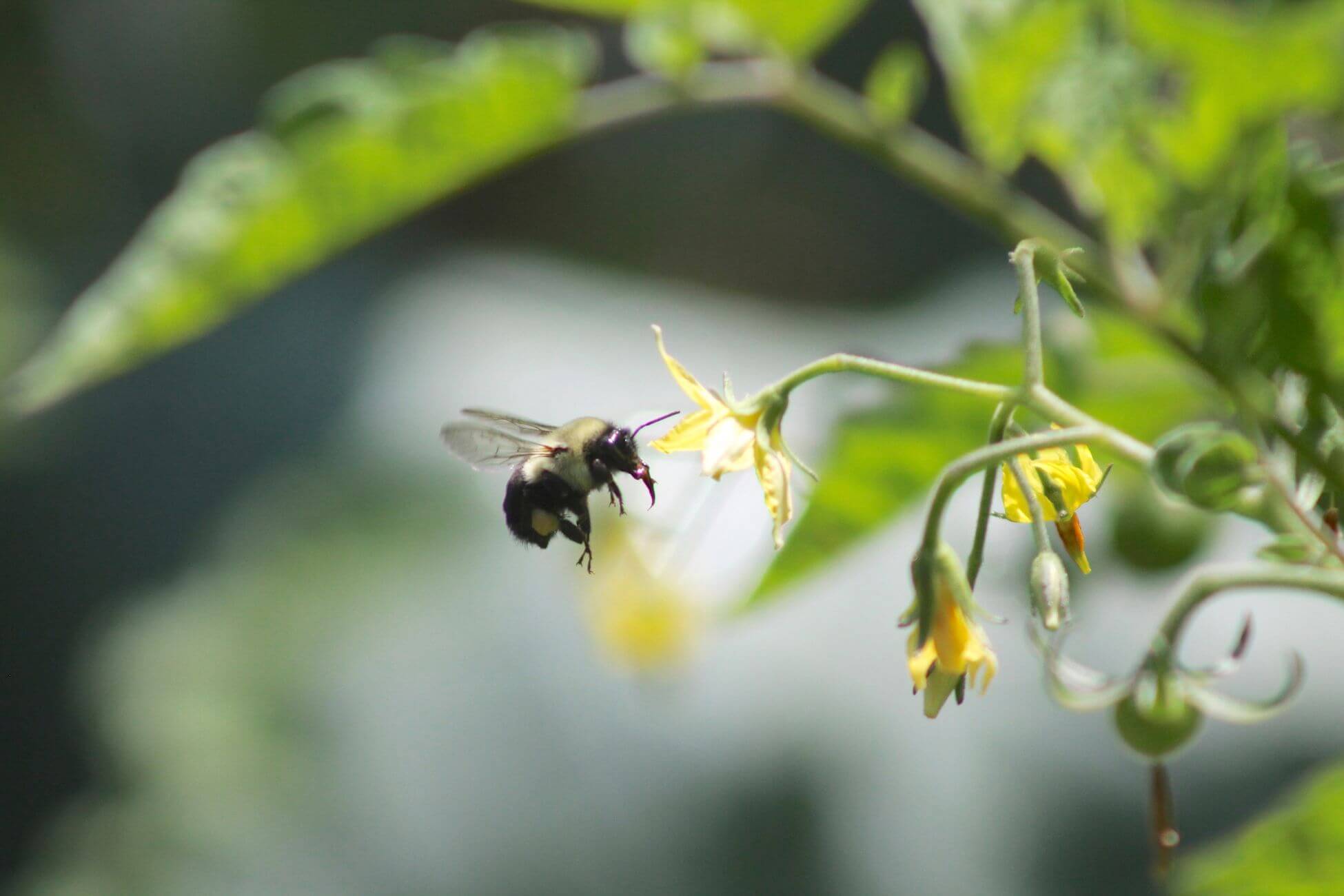
Open-pollinated tomato plants grow from seeds that produce plants like their parent. They’re naturally pollinated by wind, insects, or themselves, adapting well to different climates.
Not all are heirlooms — older varieties passed down through generations. Gardeners save seeds to grow new plants with similar traits, unlike hybrids.
Tomatoes vary in colors, shapes, and sizes, some growing all season (indeterminate), others shorter (determinate). They adapt locally and aren’t patented, open for anyone to use and improve.
While less disease-resistant than hybrids, they’re prized for taste. Gardeners save the best for future crops, maintaining diversity.
Growing them means once you find a type that does well, you won’t need to buy seeds anymore. Save money by learning to store dried seeds for up to 8 years, growing favorites without yearly seed costs.
Another great type of crop that can be grown from seed to seed is corn. There are many different kinds of open-pollinated corn you can grow in your garden, each with its special flavors and textures.
What Are Open-Pollinated Tomato Varieties?
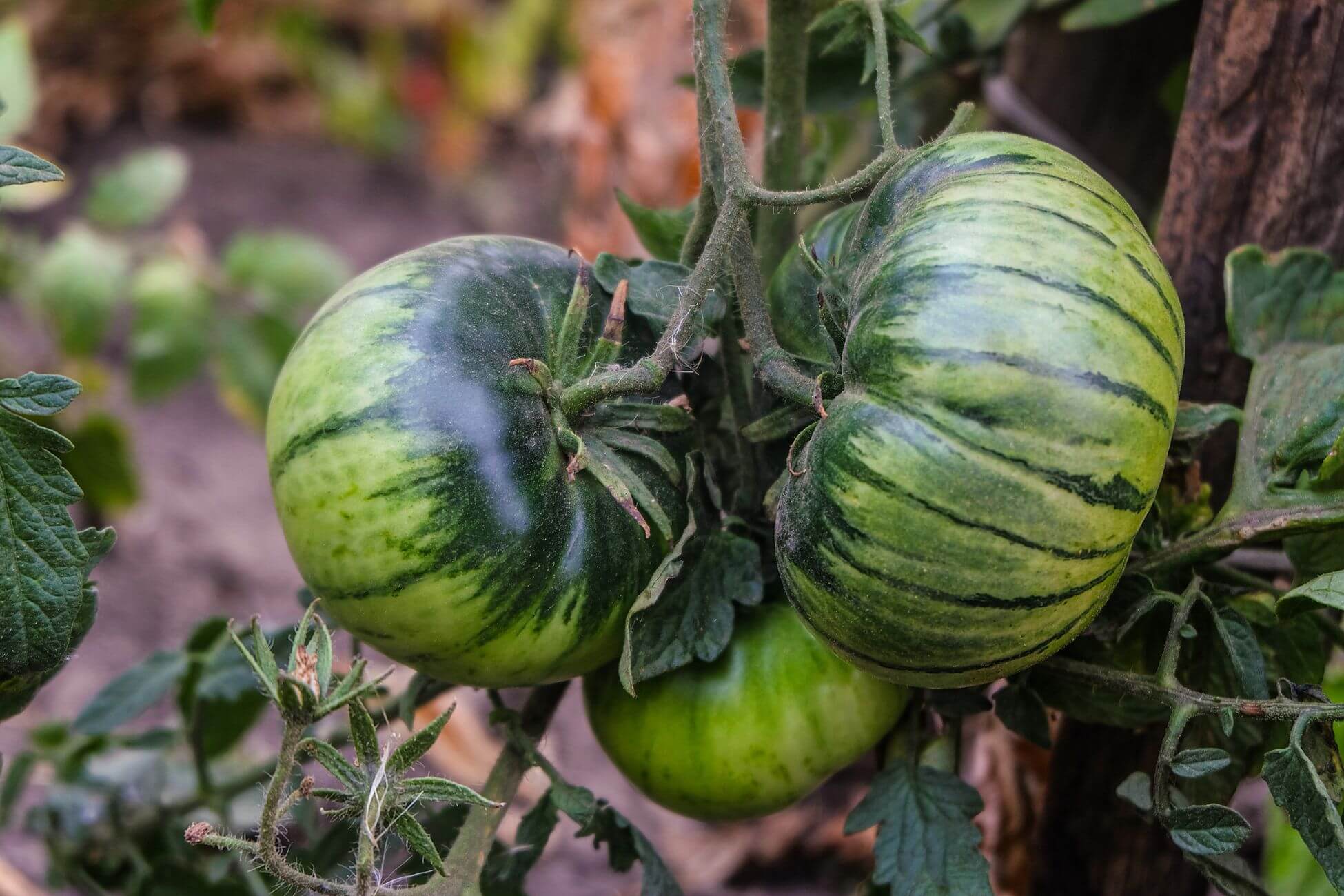
There are many open-pollinated varieties of tomatoes on the market. Far too many to list here, including many heirloom varieties.
Here are some different types of tomatoes you might want to grow:
- Bing Cherry Tomato – It’s small and sweet, this type of tomato grows a lot so you can get a lot of them.
- Black Cherry Tomato – These are small and dark purplish-black with a rich, yummy mild flavor.
- Copia Tomato -This one has yellow and red stripes, and it’s juicy and sweet.
- Green Zebra Tomato – This tomato is green with dark green stripes, and it’s a bit tangy and sweet.
- Indigo Apple Tomato – It’s dark purple and has a sweet and slightly tart taste.
- Matt’s Wild Cherry Tomato – These are small, red, and super sweet, growing in bunches.
- Midnight Pear Cherry Tomato – Shaped like a pear and deep purple, they taste sweet and rich.
- Sgt Peppers Tomato – This is a pink tomato that is big and heart-shaped, and tastes fruity and sweet.
- Dwarf Adelaide Festival Tomato – It’s a small plant with medium-sized red tomatoes that taste sweet and tangy.
- Lucid Gem Tomato – This one has yellow and red colors and tastes sweet and fruity.
All of these tomatoes can grow from saved seeds that will be just like the parent plant.
Open Pollinated vs Hybrid vs Heirloom Tomatoes: How Do They Compare?
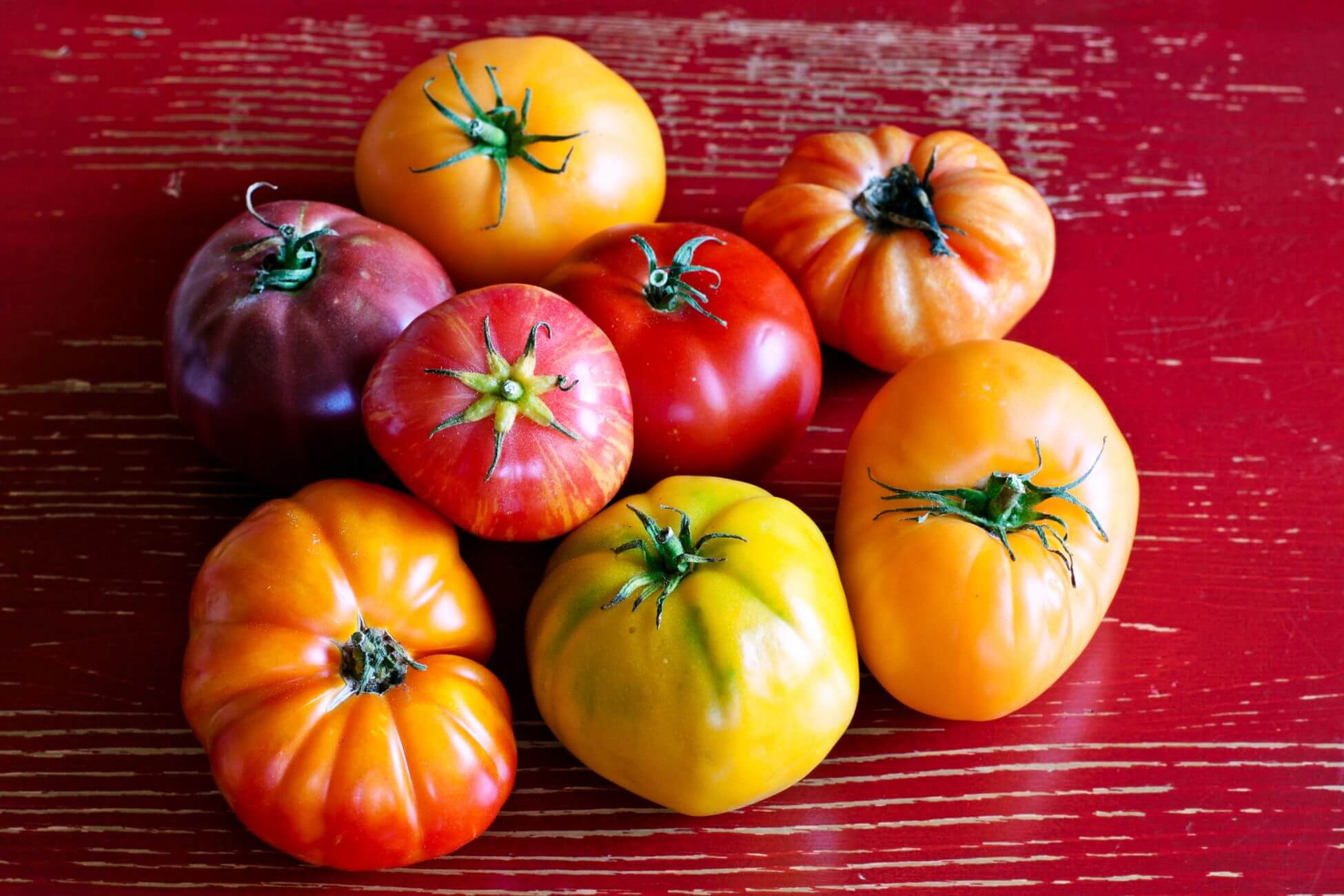
| Type of Tomato | Description | Seed Reproduction | Growth Traits |
|---|---|---|---|
| Open-Pollinated | Reproduce naturally through insects, wind, and birds, ensuring genetic diversity. | Saving seeds usually results in similar plants unless cross-pollinated. | Naturally vary, allowing for a range of traits. |
| Hybrid (e.g., F1) | Intentionally crossed for better growth and yield due to “hybrid vigor.” | Seeds don’t consistently replicate parent traits, requiring annual purchases for reliable results. | Start strong with uniform traits but need new seeds each year. |
| Heirloom | A type of open-pollinated variety with over 50 years of history, valued for distinct flavors, colors, and shapes. | Seeds reliably grow into identical plants, keeping desirable traits intact. | Grow continuously and bear fruit until the first frost, being indeterminate plants. Often boast strong disease resistance. |
Differences between tomato types, in a nutshell:
- Open-Pollinated Tomatoes – Ensure genetic diversity and usually produce similar plants unless cross-pollinated.
- Hybrid Tomatoes – Require annual seed purchases for reliable results due to inconsistent seed replication.
- Heirloom Tomatoes – Offer dependable traits and consistency in gardening with strong natural disease resistance and continuous growth until the first frost.
- Learn more about Open Pollinated Vs Hybrid Seeds
How to Grow Open-Pollinated Tomatoes
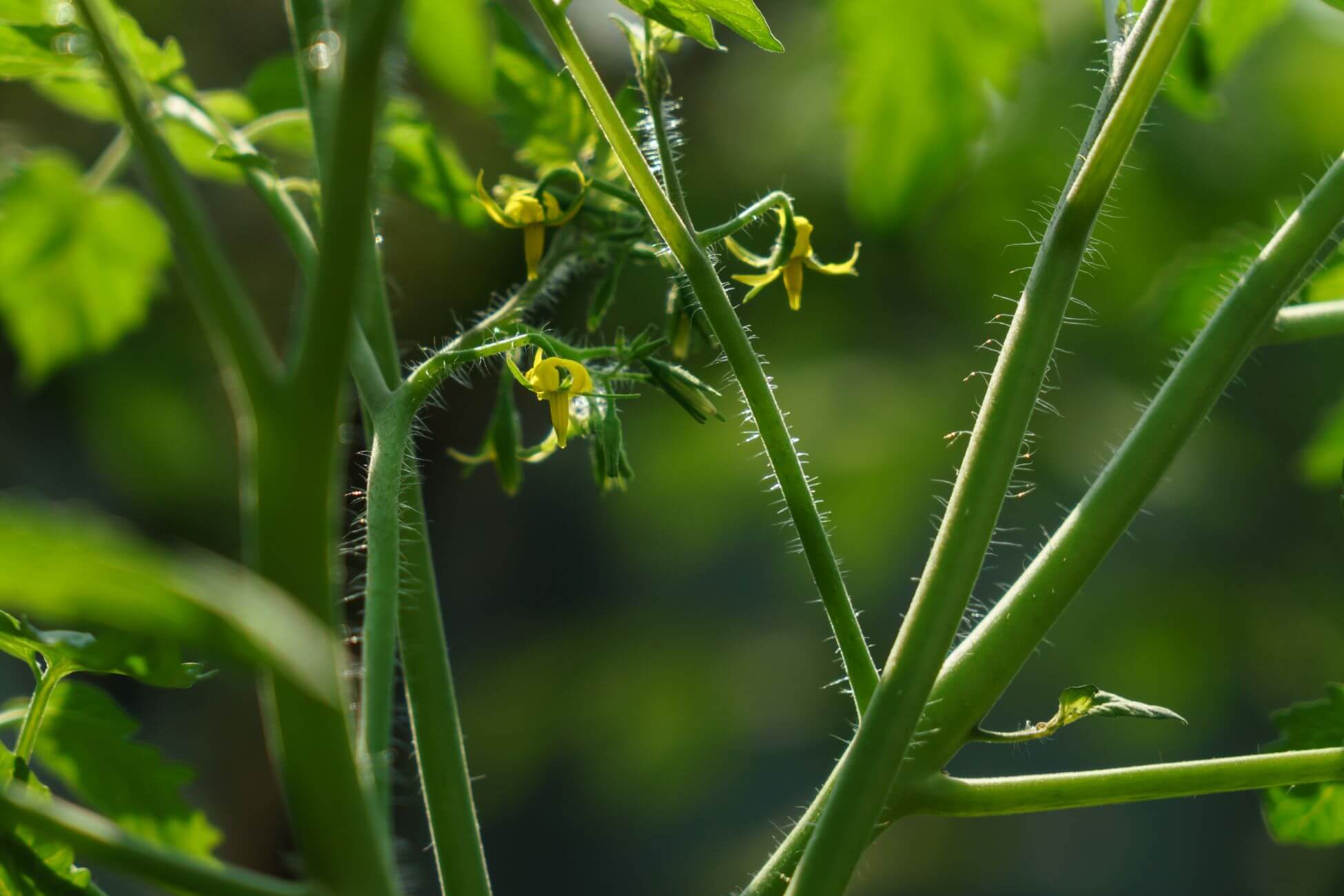
To grow open-pollinated tomatoes successfully, choose a sunny spot with good drainage and water regularly. You’ll need tomato seeds, stakes or cages for support, and basic gardening tools.
Here are simple steps that will help you grow healthy tomatoes in your garden:
- Start tomato seeds indoors 6-8 weeks before the last frost. Plant them a quarter-inch deep in seed-starting mix and put them in a warm, sunny spot or under grow lights.
- When seedlings are 6-8 inches tall and the frost danger has passed, transplant them outside. Harden them off gradually by exposing them outdoors for over a week.
- Choose a sunny spot in your garden. Mix in compost or well-rotted manure to boost soil fertility and drainage.
- When transplanting into the garden, space seedlings 18-24 inches apart. Plant them deep, burying two-thirds of the stem for strong roots.
- Install stakes or cages when planting to support tomato plants and keep fruit off the ground.
- Water tomatoes regularly to keep the soil consistently moist, but avoid overwatering. Mulch around plants to retain moisture and block weeds.
- Fertilize every 3-4 weeks with a balanced fertilizer or compost tea for healthy growth.
- Keep an eye out for common tomato pests and diseases. Use organic methods like insecticidal soap or remove affected leaves as needed.
- Harvest tomatoes when fully ripe and colorful to encourage continuous fruiting throughout the season.
Make sure to choose tomato types that can resist diseases and thrive in your local climate to ensure you get a good harvest. Plant your tomato plants with enough space between them so that air can move around easily. This helps to stop fungal diseases.
Also, every year, try not to plant tomatoes in the same soil spot. This helps prevent soil diseases from building up and harming your tomato plants.
You can buy these seeds online, they’re on Amazon. I grow them in my yard myself, and these tomato seeds are proven to grow successfully.
How Do You Start Growing Open-Pollinated Tomatoes to Save Seeds?
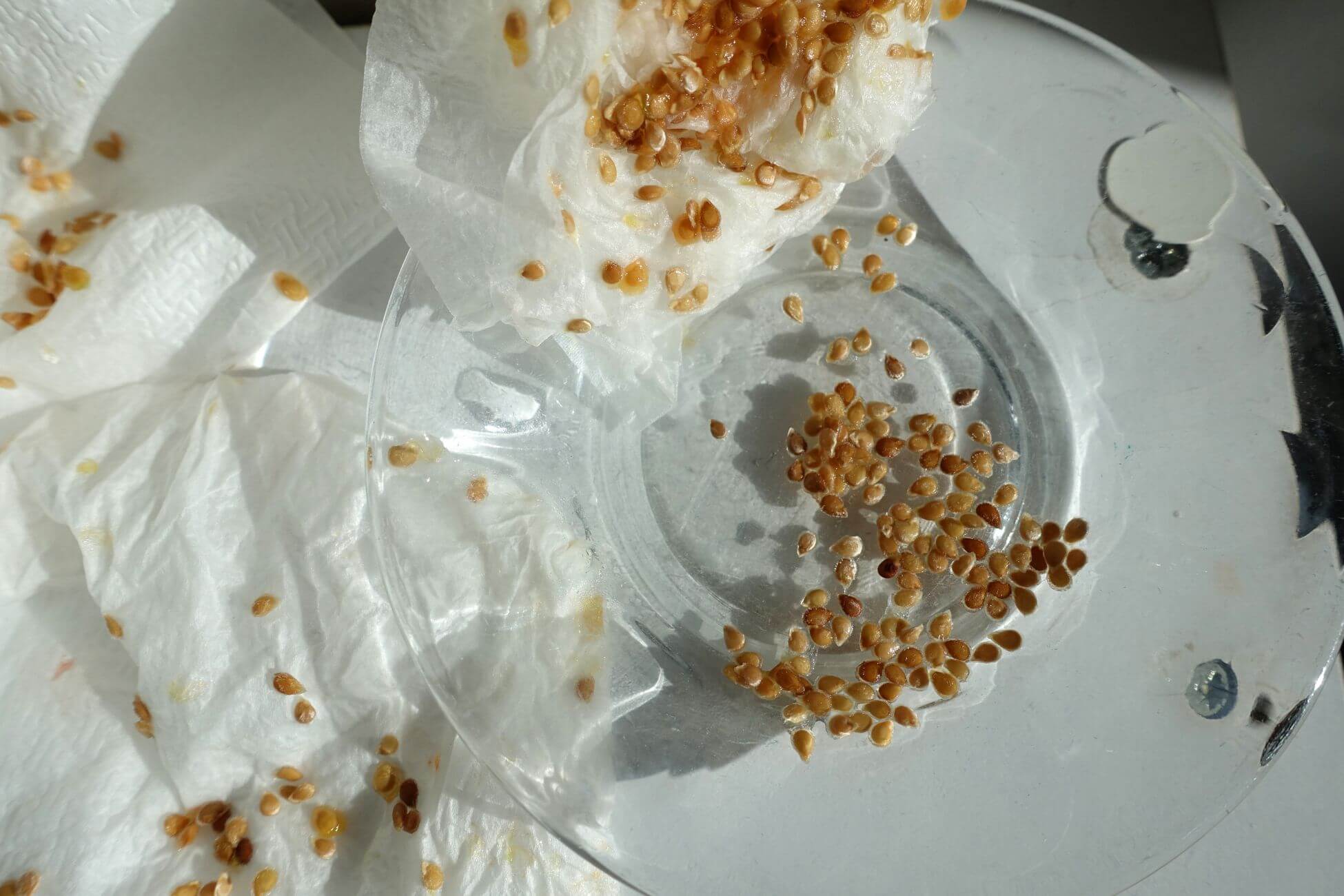
When you’re getting ready to grow open-pollinated tomatoes and keep their seeds, looking after those seeds is key. They’re not fans of big changes in temperature or getting wet, so a garage or shed is not the place for them.
Tomato seeds have a special layer that protects them. Before you store them, they need a little water and air time to get rid of this layer.
Here’s a simple way to prepare and store your tomato seeds:
- Soak – Drop your seeds into a cup of water, cover it, and wait. You might see a moldy layer on top. It’s a bit smelly, but just remove it when you need to. This process helps the seeds germinate better later on.
- Dry – After the seeds sink to the bottom, spread them on a plate to dry.
Once your seeds are completely dry, keep them in a cool, dry spot until spring comes around again. Then, you can start the cycle of planting, growing, and enjoying fresh tomatoes all over.
Open-Pollinated Tomatoes Final Thoughts
Choosing open-pollinated tomatoes for your garden means you’re opting for variety and sustainability. These tomatoes are nature’s way of giving us a gift that keeps on giving. You can save their seeds and grow new plants year after year with the same great traits.
This process is a lot different from what happens with hybrids, where you need fresh seeds every year. Open-pollinated tomatoes are a wallet-friendly and eco-conscious choice.
Heirloom tomatoes, a special kind of open-pollinated variety, bring more than just great taste. They’re like a trip back in time right in your garden, offering flavors you won’t find anywhere else. These tomatoes come in a rainbow of colors and a variety of shapes, making them stand out.
They might not fight off diseases as well as hybrids, but their ability to adapt and keep growing strong makes them a top pick for home gardens.
Growing open-pollinated tomatoes means you’re doing your part to keep the tomato world rich and diverse. When you save seeds from your best plants, you’re making sure your future harvests will be just as tasty.
Whether you go for heirlooms or other open-pollinated kinds, you’re in for a garden full of flavor and a sustainable way of gardening.
Open Pollinated Tomatoes FAQs
1. What’s the Advantage of Growing Open-Pollinated Tomatoes Over Hybrids?
Open-pollinated tomatoes allow gardeners to save seeds year after year, reducing the need to purchase new seeds annually. They often have superior flavor but may be less disease-resistant compared to hybrids.
2. How Do You Save Seeds From Open-Pollinated Tomatoes?
To save seeds, scoop them from ripe tomatoes, rinse them to remove the gel, and dry them on a paper towel. Store in a cool, dry place for up to 8 years. Before planting, soak and dry seeds to ensure viability.
3. How Do You Grow Open-Pollinated Tomatoes Successfully?
Start seeds indoors, transplant outdoors after frost, and provide ample sunlight, well-draining soil, and regular watering. Support plants with stakes or cages, fertilize periodically, and monitor for pests and diseases.





